Taya Iv is a photographer, editor, and podcast host from Russia. Taya is also a 500px Ambassador and regularly contributes to Licensing. Her photography often focuses on intimate, quiet, and personal moments. She hosts the Great Big Photography World podcast, where she discusses photography trends and themes with her peers.
Q: Taya, you’ve been creating self-portraits for quite a while, what first inspired you to pick up the camera?
A: It’s definitely been quite a while! I was 12 when I picked up a camera with the intention of taking photos just for myself. My first camera was only around two megapixels and attached to my smartphone. I was initially looking for drawing inspiration on the website DeviantArt, when I stumbled upon the most beautiful portraits I had ever seen. I was surprised to find out that many of them were self-portraits. All of that creativity and dedication inspired me to start taking photos of my own.
Q: Many of your self-portraits present intimate close-ups, shadow play, and obscured faces. What kind of mood or themes do you try and work into your photos?
A: I like to make my self-portraits look like movie stills, so I try to experiment with as many different moods as I can throughout a shoot. I was obsessed with cinematic storytelling even before I understood what it was, so I try to incorporate it into my work as often as I can. As for the obscured faces, that’s my way of looking like a different person without dramatically changing my facial features!
Q: For photographers looking to master the self-portrait as you have, can you give us your top three tips?
A: Use your smartphone camera to quickly get an idea of what you look like in different kinds of lighting. Not every camera has a flip screen. Mine doesn’t. (I use a Canon 5D Mark II.) It’s important to be aware of your best angles and poses, and one of the easiest ways to achieve that is to use your phone or look at yourself in the mirror.
Understand that there will be many non-photogenic days. I’ve been doing this for over 11 years, and I still feel I look like a potato sometimes. We’re not meant to look perfect 24/7, and it’s okay if your flaws are visible in your photos. Also, try not to compare yourself to other self-portrait artists or people in general. I think this genre can easily become a beauty competition, which is obviously unhealthy. Embrace your body and your face. Focus on telling a meaningful story.
Use a tripod and a remote. I don’t focus manually when I take self-portraits because that would take way too much time. A remote and a tripod will make your photoshoots much, much easier to handle, especially if you’re a beginner.
Q: Would you consider yourself a creative or artistic person beyond photography? Do you feel other forms of art you work with inspire you in your photography?
A: Definitely! I don’t take photos every single day because I know I’d get tired of it very quickly. My true love is acting. That’s probably why I’m drawn to so many different industries! I simply can’t get enough of one thing. When I don’t feel like taking photos, I have a whole bunch of creative hobbies that I obsess over. I play guitar and piano, write fictional stories, draw, paint, and the list goes on…
I get a lot of inspiration from other communities, too. Sometimes I collaborate with writers, photographers, or people with interests completely different to mine. For example, I’m currently working on a song inspired by a short poem. It’s a very short poem, but the meaning and depth behind it encouraged me to come up with a full song of my own.
These interests often give me photography ideas and allow me to appreciate the art of creativity in all of its forms. All of these things are linked to one another in some way, which I think is so beautiful.
Q: When going on a shoot. what’s your go-to camera and lens set up, and do you have another camera you aspire for?
A: I’ve been using the same equipment for years. I use my trusty Canon 5D Mark II, a Canon 50mm f/1.8 lens, a remote, and a tripod. Before that, I used a Canon 60D. I’d love to upgrade to the Canon 5D Mark IV at some point, and of course, I’d love to own a digital Hasselblad one day! To be honest, I wish I could experiment with every camera out there to find the perfect one.
Q: Your portfolio also features another recurring model, your adorable cat, Mimi. What is your process for working with animals in photography?
A: Mimi is an incredible little model. She’s actually quite calm, so it’s not that difficult to take sharp photos of her. My biggest struggle in this genre is getting decent photos in low light. She’s usually very active at night, which is the best time to take photos of her. Taking sharp photos in low light can be difficult, so I try to use artificial light and bump up my ISO quite a bit.
As for the process in general, it tends to be quick and simple. Most of my shoots with Mimi tend to last anywhere from 10-15 minutes. I’m usually in a weird position, trying to take as many photos as possible. I like to distract her with toys and treats. I’ll hold a treat right above my lens to make it seem like she’s staring right at the camera. My back and shoulders usually hurt afterward from all the movements, but it’s so worth it!
Q: I know that you’ve mentioned before that you believe strongly in “the power of potential”; could you elaborate on this philosophy for our readers?
A: In my opinion, we as photographers (and as humans in general) can find potential anywhere. Perspective matters a lot here. I’ve lived in many different places throughout my life and have always found something interesting to photograph in all of them, no matter how cramped they were. Even the dullest building in your neighborhood has the potential to become an incredible background, subject, or foreground. You just have to give it a chance to shine in its own way.
Q: Some of your photos such as this one feature double exposures, what kinds of themes or feelings are you trying to evoke with these kinds of photos?
A: Double exposure photography gives me the chance to tell multiple stories at once without making my photos look overwhelmingly busy. As far as themes go, shoots like that tend to be very spontaneous. I’ll usually take a few photos of my silhouette and merge them with other photos I’ve taken in the past. Sometimes I’ll use other people’s work. Unsplash is my go-to when it comes to free stock photos.
As I edit, I tend to realize that I had a specific theme in mind all along, but that it wasn’t something I could put into words. I’m not sure if that makes a lot of sense. I have noticed that I gravitate towards themes like humans and their relationship with nature and self-care.
Q: At 500px we think of photographers as a community, is there any advice another photographer has given you that you feel greatly improved your work?
A: The best piece of advice I got was when I was just starting out as a photographer, I was struggling a lot with finding my own style and felt that I’d never be able to create anything unique. On top of that, I was frustrated because the photos I was taking didn’t look even remotely as good as my favorite photographers’. It was this vicious cycle of longing and a little bit of dread.
A photographer, Laura Kok (still one of my favorite photographers to this day), told me this: “You don’t need to be like every photographer that you like. Find what you like the most about them and use that in your work, but don’t try to be them.”
I’ve paraphrased a little, but that’s basically what she said. I think this advice can be applied to any aspect of our lives. To this day, I take little bits and pieces from every artist that I like without directly comparing myself to them. It helps me have a healthy relationship with my work and gives me the opportunity to challenge myself in the process. I’m very grateful for Laura’s advice and for the wisdom of photography communities in general.
Q: As a 500px Ambassador, and someone who regularly hosts deep discussions with others within the photography community, do you feel the shared knowledge of the community has helped improve your work in any way?
A: Absolutely! First and foremost, being a 500px Ambassador is a major source of motivation for me. I’ve been a fan of this community for a long time. Mike Monaghan initially re-introduced me to it by featuring my work in Editors’ Choice a while ago. That alone inspired me to be more active in the community.
In my opinion, 500px really stands out because it’s exclusively photography-oriented. I love that its users are so welcoming and open-minded. When you feel accepted as a photographer, you’re more inclined to take great photos. That’s been my experience with it, which I’m very thankful for.
Not on 500px yet? Click here to learn about Licensing with 500px.

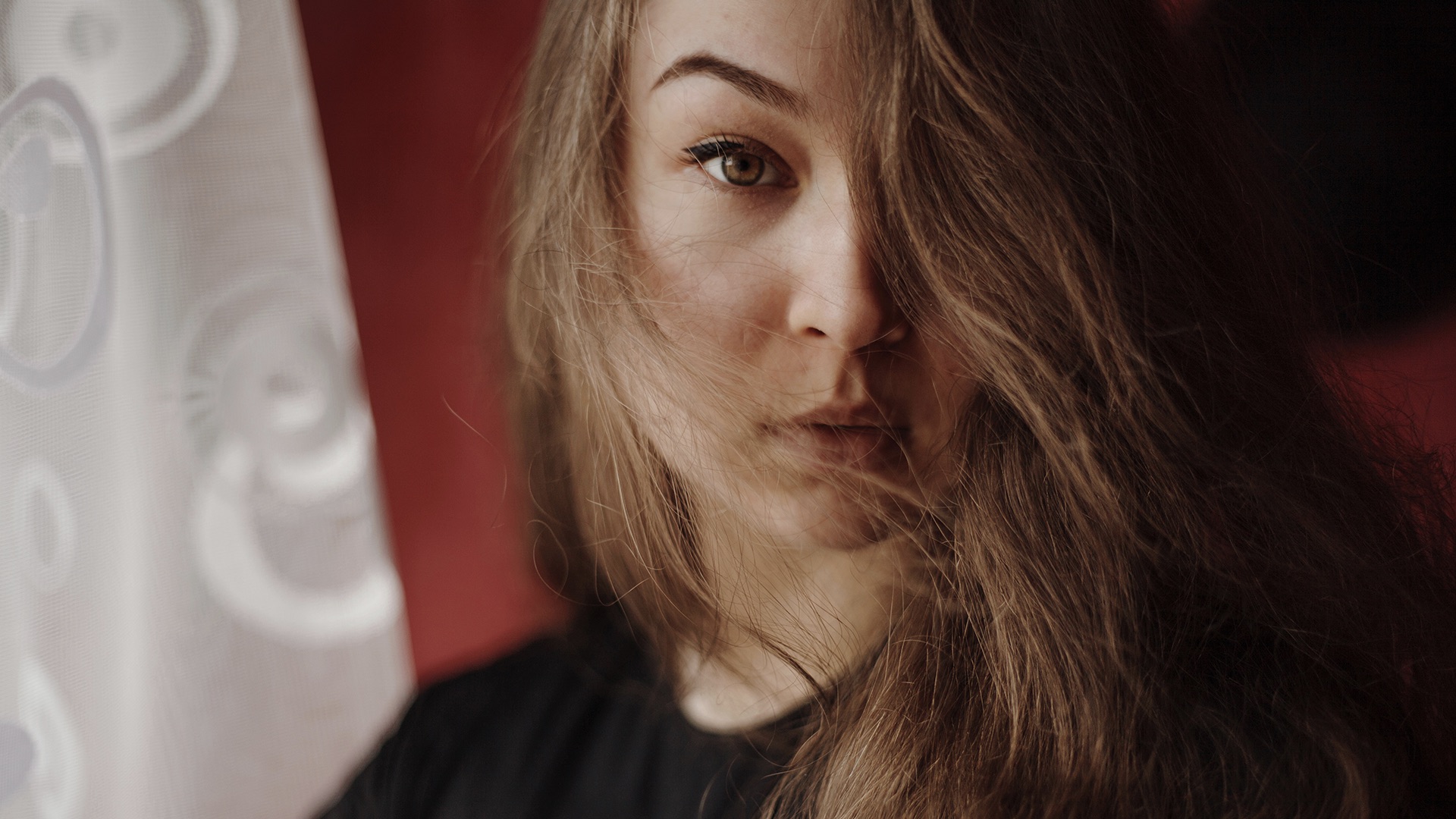

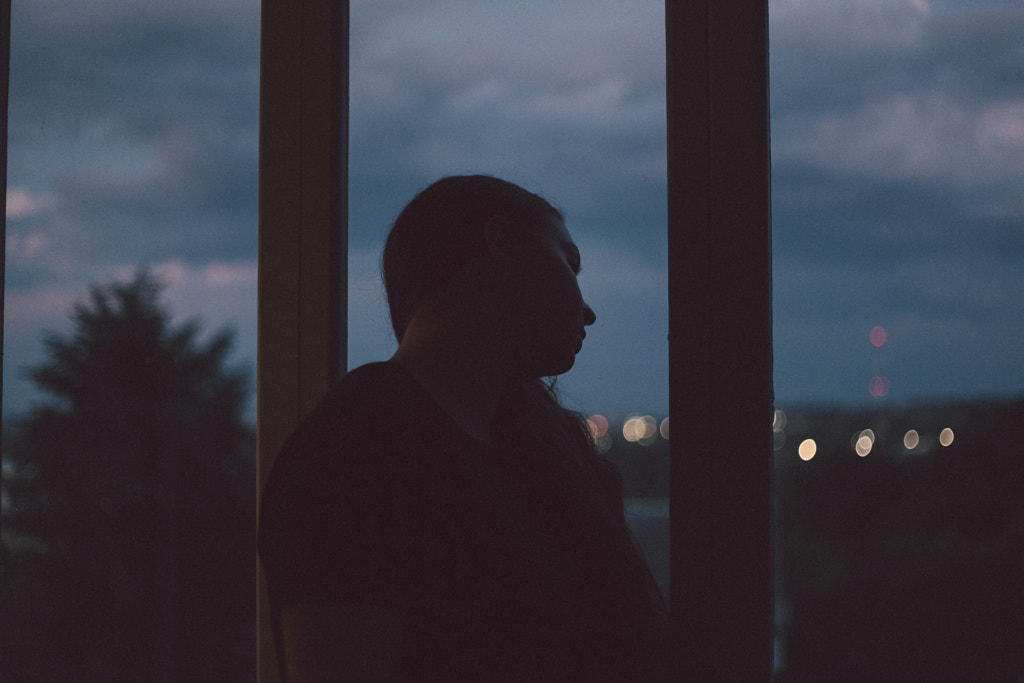
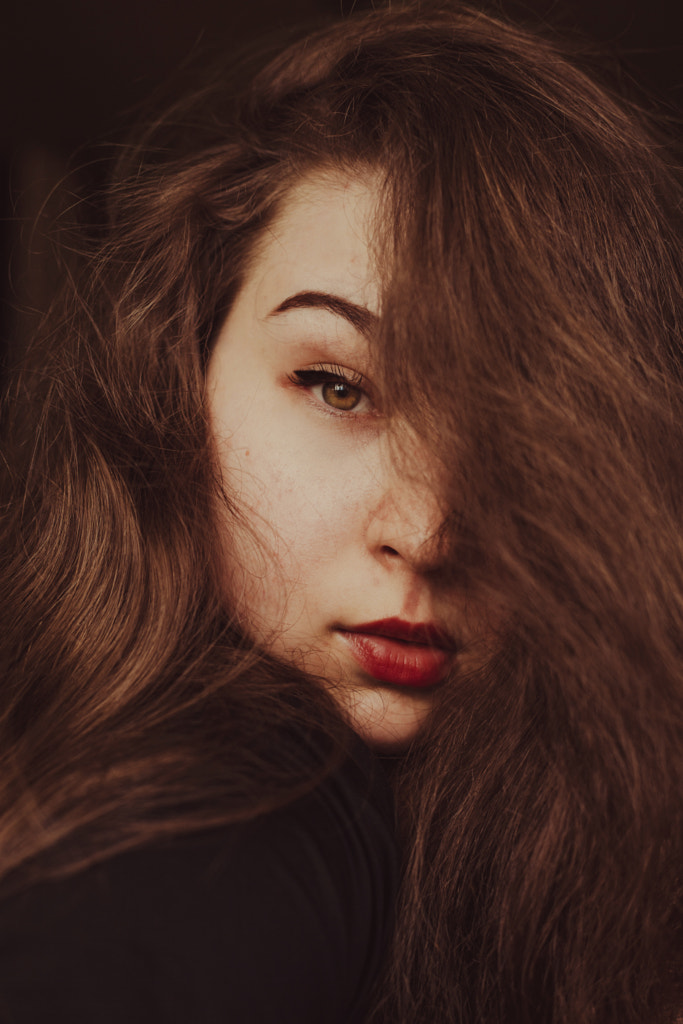
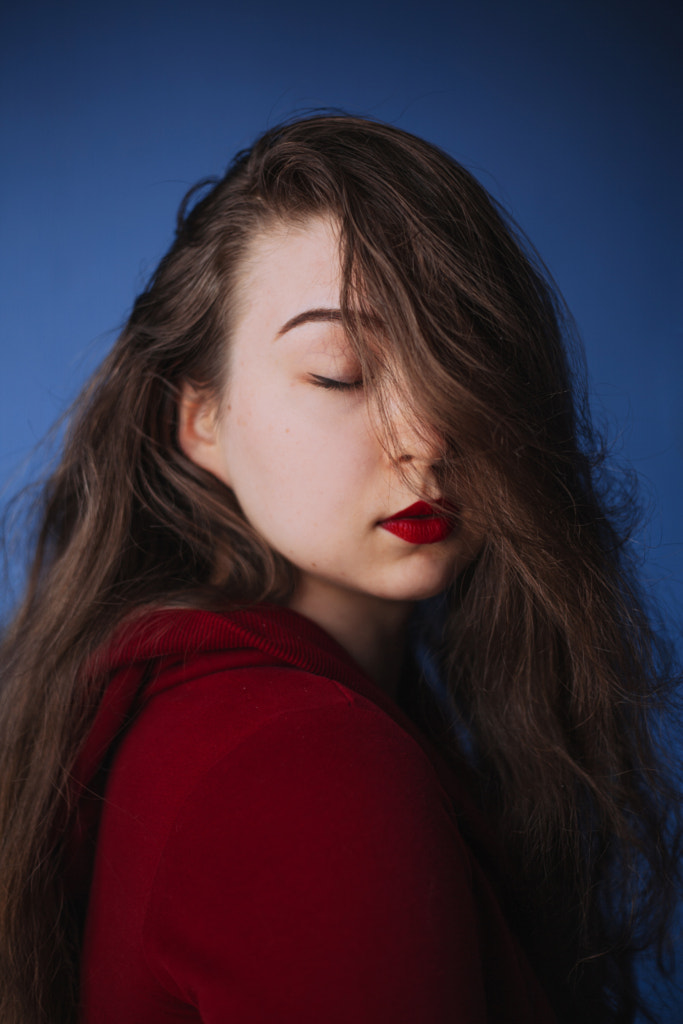
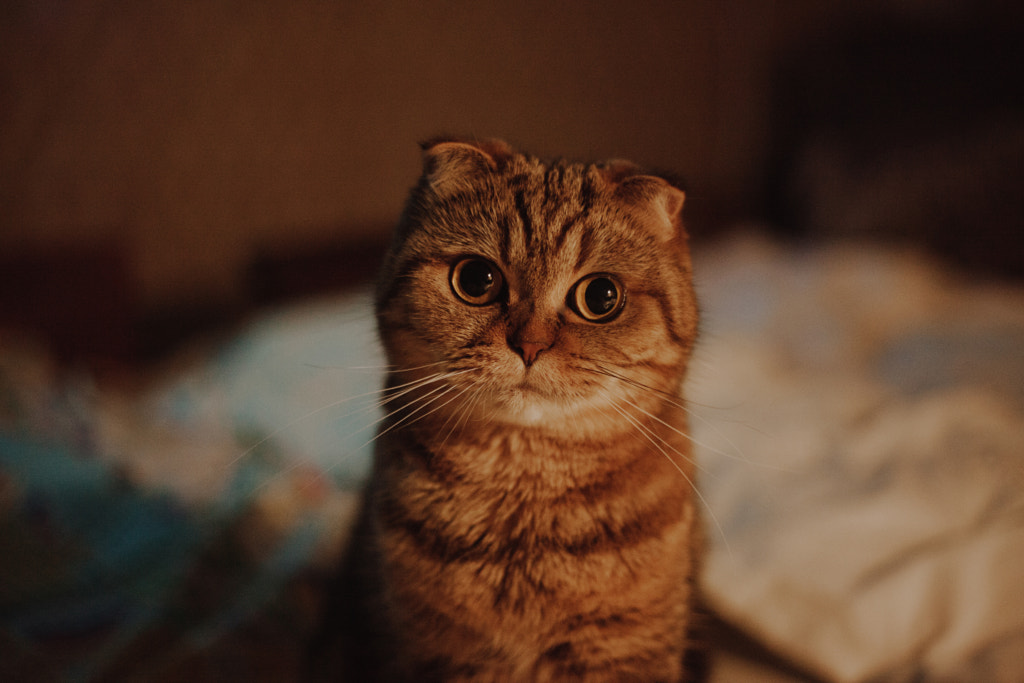
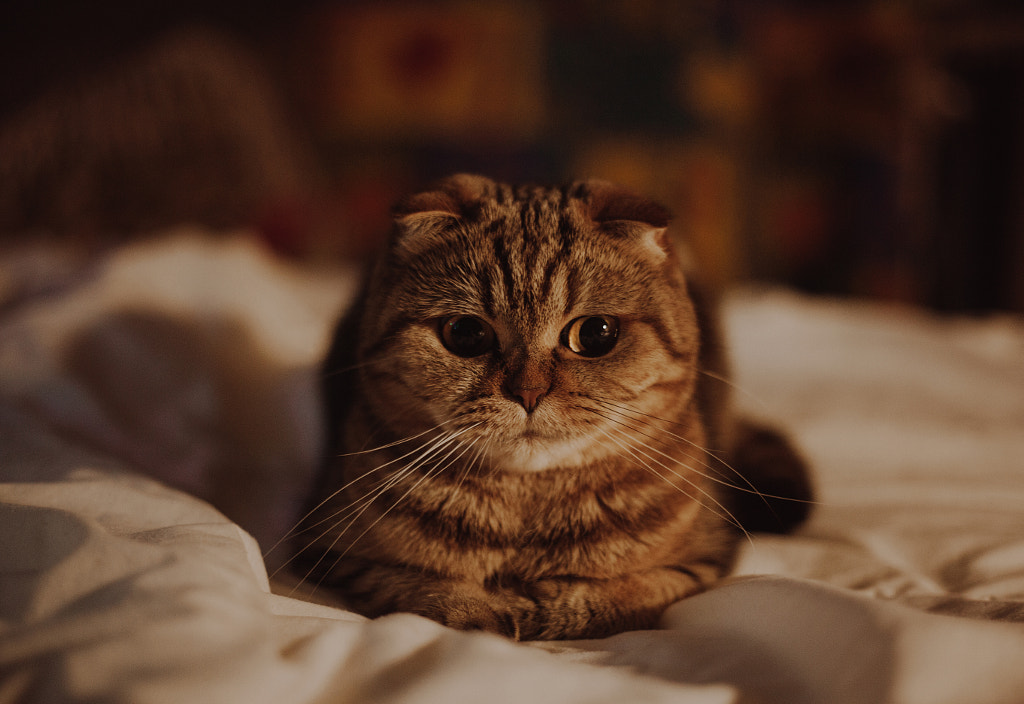
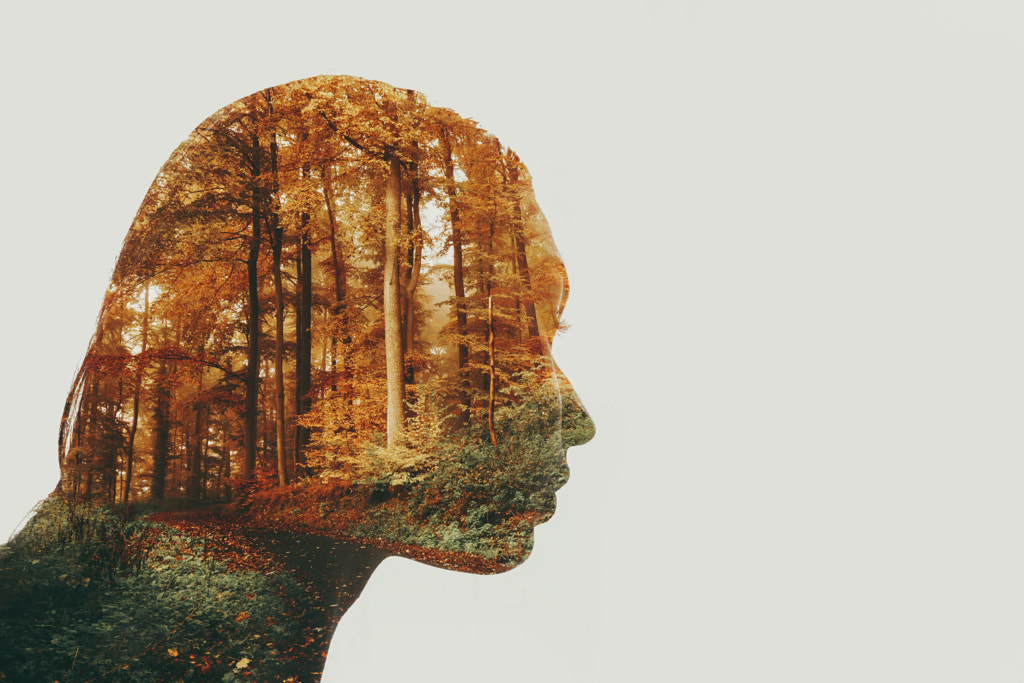
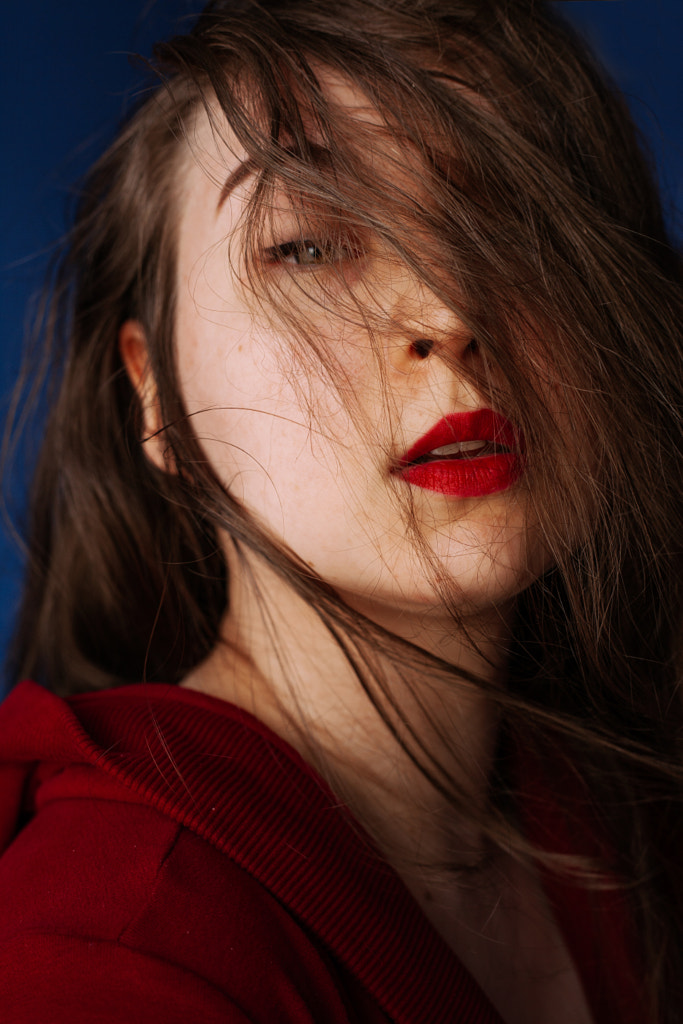
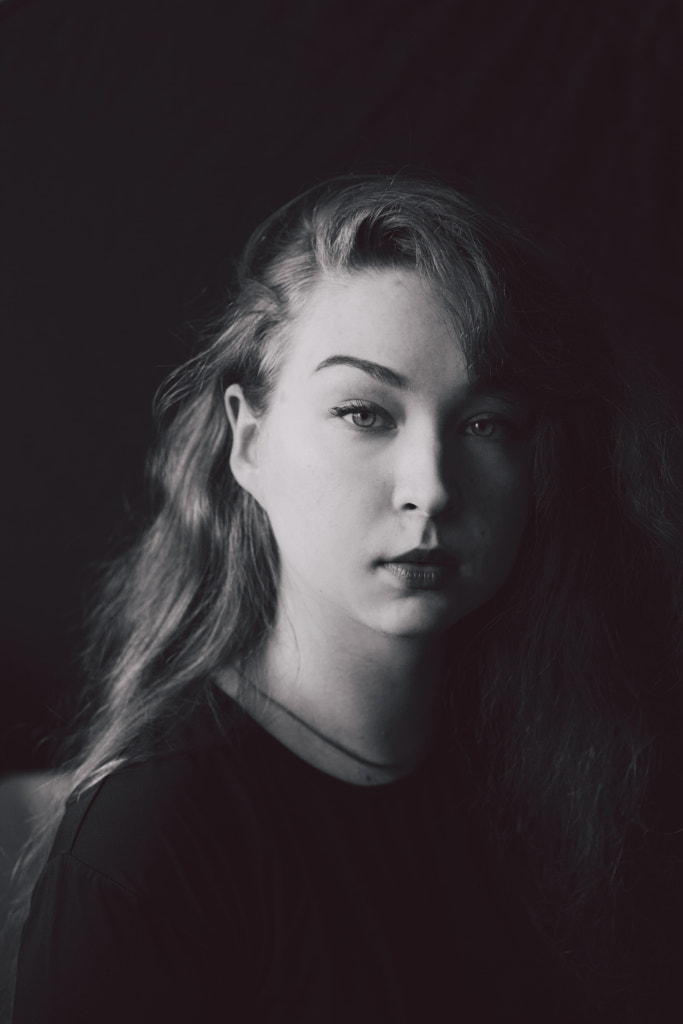
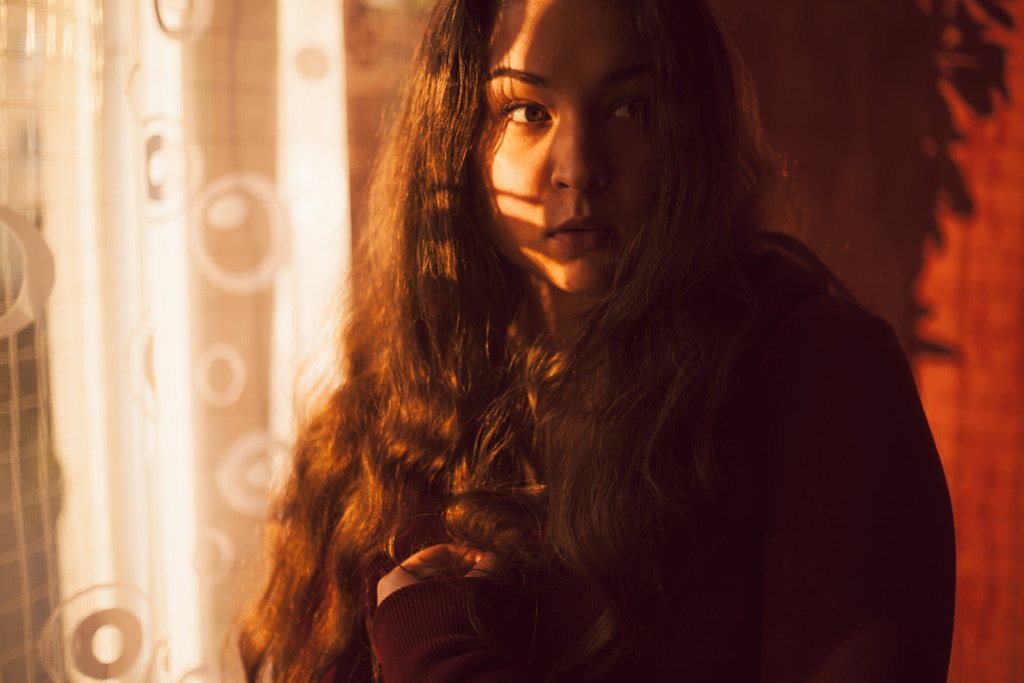
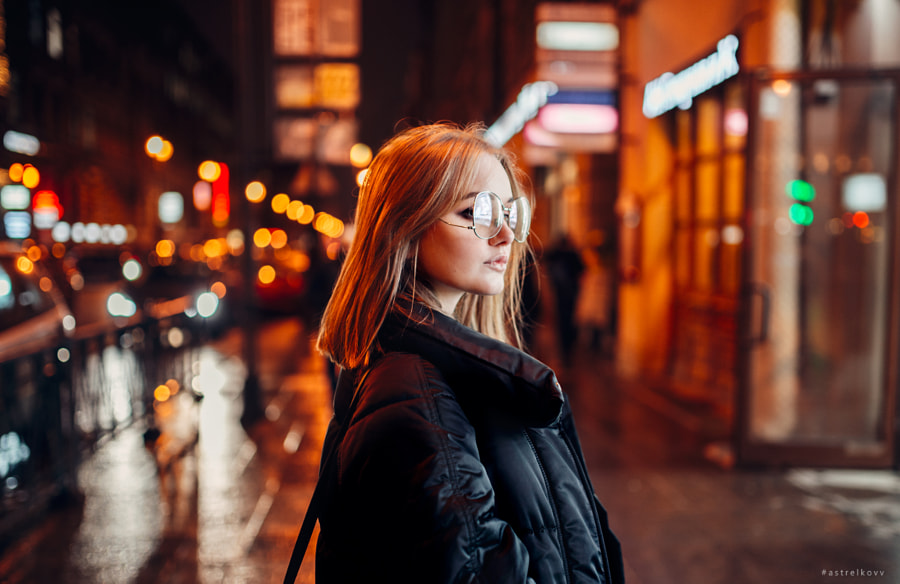
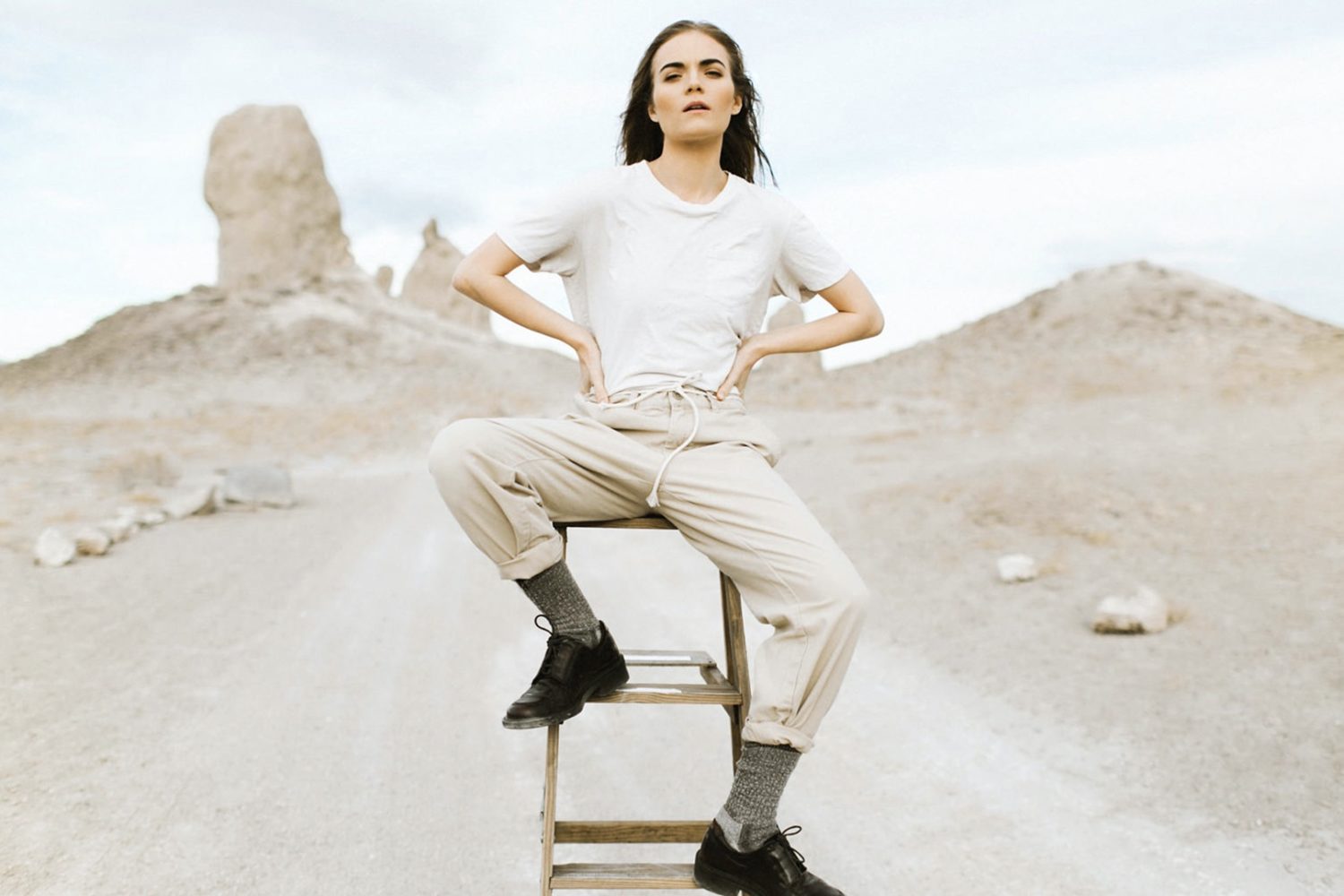


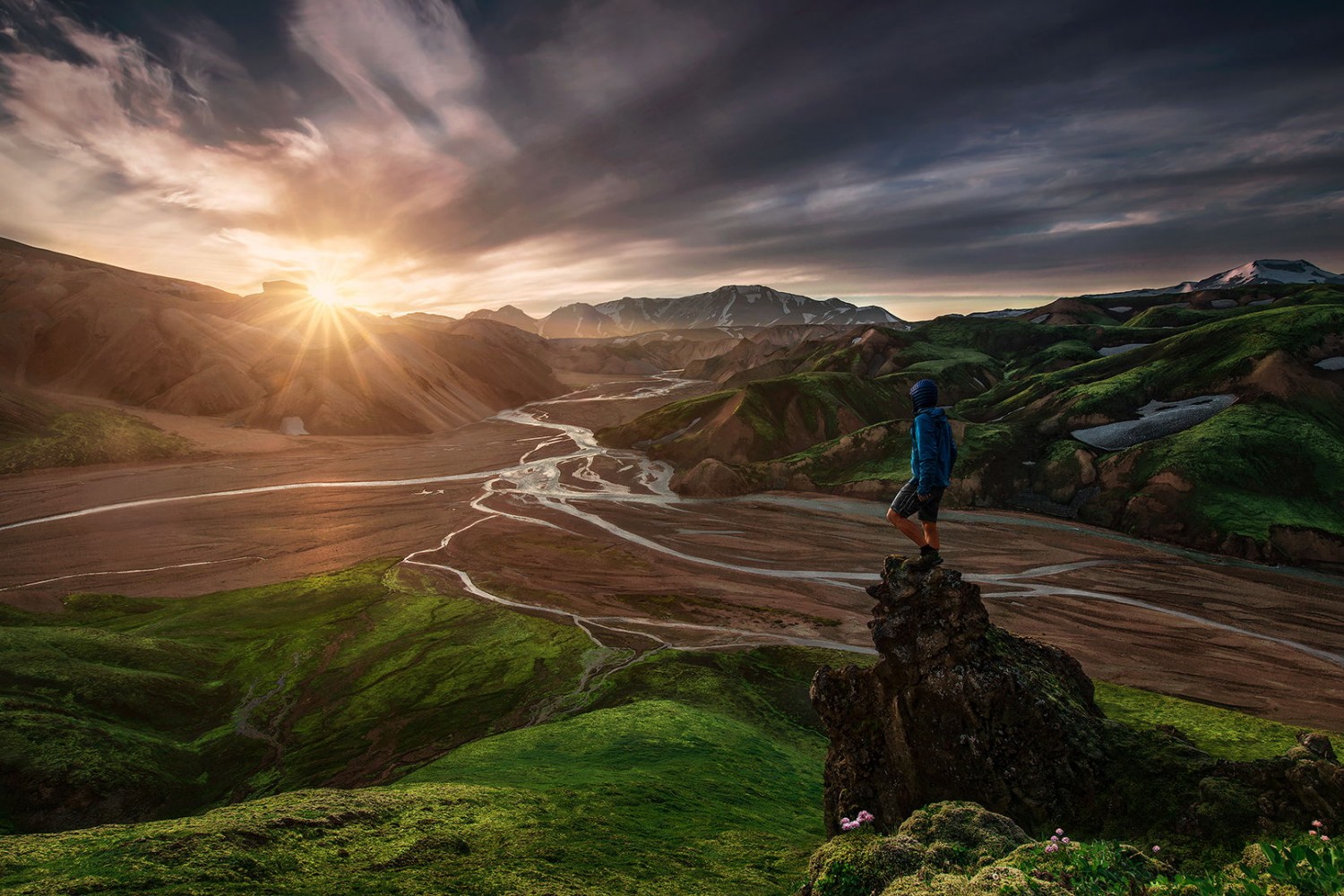
Leave a reply